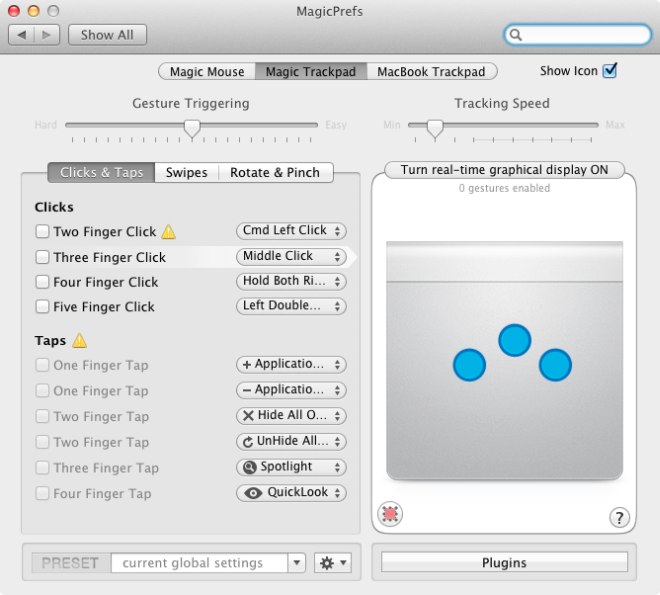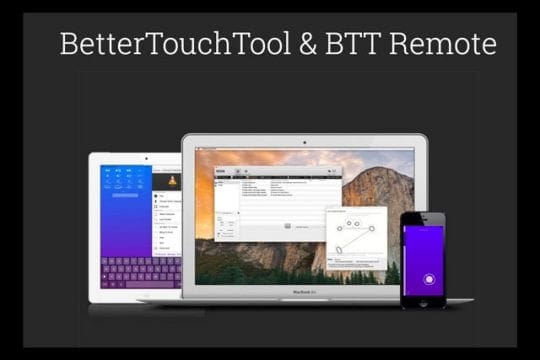

I hope you liked this post and also were able to successfully uninstall the problematic Magisk Module from your device using either of the above two methods mentioned above. So, there you have it from my side in this post. It will finally ask you to do anything, yet if yes, then type Y or Nothing to do type N.That’s it! This will uninstall the Magisk module completely from your device.Now, the only thing left to do is type the name of the module and hit the Enter button (2 times).

This will show you the list of the modules you have installed on your device, and you can uninstall that Magisk module. We want to uninstall the module, so you need to select the “u” command.For example, if you use the “ e” option, you can either enable or disable the module. From the list mentioned above, you can go ahead and choose any of the settings you wish to select.s) Change Magisk Settings (using via Text Editor).For the second time, you need to enter this command: /data/media/mm.Type the Command mentioned at the end then, you will get the list of Options (Please note that you will enter this command only for the first time): mm.Now, go to the TWRP home and tap on the Advanced Option and tap on the Terminal Option to gain access to the Magisk manager Modules.Swipe to confirm the installation of the module.
Magicprefs uninstall install#
Now, open TWRP and tap on the Install button, and select the module.Install the Magisk Manager on your device.Once you have downloaded the Magisk Manager from the above link, then go ahead with this method.

Magicprefs uninstall download#
Download the latest version of the Magisk Manager from the button below Moreover, the Magisk Manager has an interactive user interface and is very fluid and speedy. You need to download the Magisk Manager that gives you more options and features compared to the method above. Method 2: Uninstall Magisk Module with Magisk Manager for Recovery Mode However, you have to wait again for approximately 4 minutes to unmounting the partitions.

Magicprefs uninstall zip file#


 0 kommentar(er)
0 kommentar(er)
